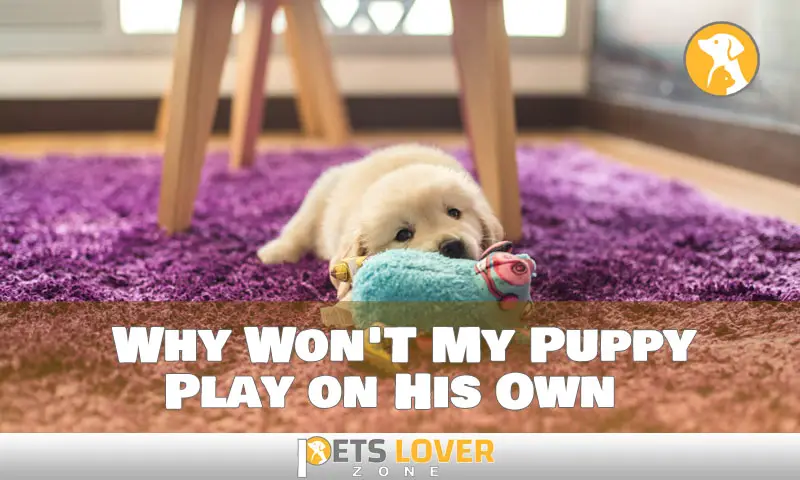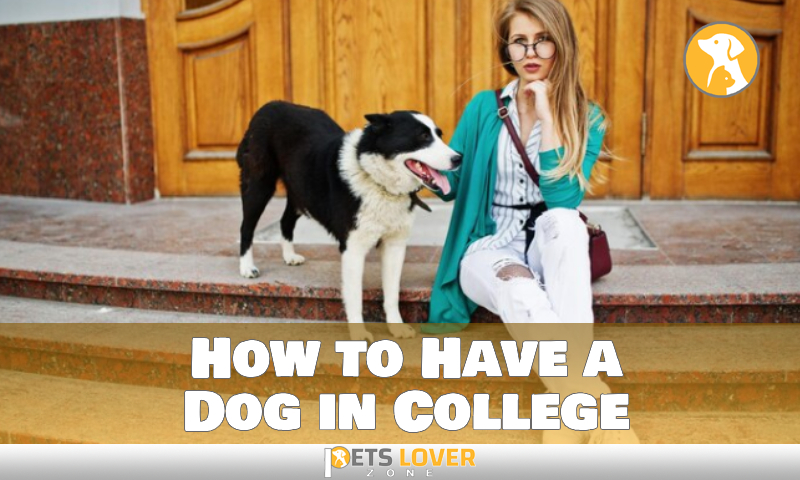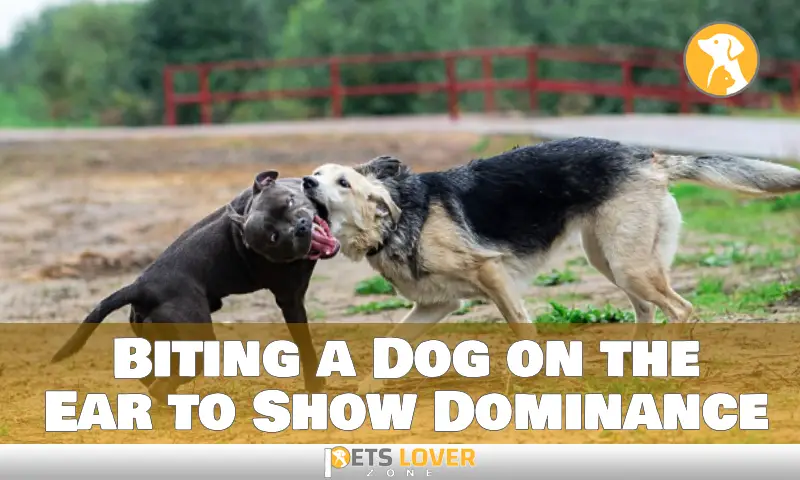Are you frustrated by your puppy’s lack of playfulness?
It can be a puzzling problem, especially when all the other puppies in the litter seem to play on their own. Even puppies that are otherwise healthy and socialized can have difficulty engaging in spontaneous play.
The good news is, it’s possible to figure out the underlying cause of your puppy’s behavior and make some changes to help him become more independent and playful. In this guide, we’ll explain why won’t my puppy play on his own, and provide you with actionable tips for encouraging play.
We’ll also explain why play is important for your pup’s development, so that you can understand how to create an environment that encourages healthy playtime habits. With the right knowledge and care, you can create a positive atmosphere for your pup where he feels comfortable playing on his own.
Signs – Puppy Is Not Playing on Their Own
When it comes to understanding why your puppy won’t play on their own, there are a few key signs you can look for.
First, dogs are social creatures and crave companionship. If you notice your puppy is not playing on their own, it might be because they need additional stimulation from another living companion.
Second, one of the earliest signs of a puppy not playing alone is excess barking or howling when left alone. This is their way of seeking out companionship and until they get it, they’ll keep barking or howling until they get the attention they seek.
Last but not least, if your puppy has lost interest in playing with or even engaging with the toys you’ve bought for them, this could be a sign that something is amiss and that your pup may require additional stimulation from another living creature.
Puppy Development & Socialization Needed
The most important period of socialization for puppies is between the ages of 3-5 weeks old. During this time, you can help your pup become comfortable with different people, animals and things in their environment such as different sounds and textures. This is also when puppies learn how to interact with other dogs, which will be beneficial later in life.
But, it’s crucial to keep in mind that socializing is a continuous process that should take place throughout your puppy’s life. The crucial stage of socialization usually ends at the age of 12 weeks. After then, additional factors like hormones and age affect how they develop, so it’s still critical to expose them to novel stimuli and social interactions.
By exposing your pup to different and safe situations during their critical period as well as beyond this developmental time frame, you’ll create a confident pup that seeks out new environments instead of feeling scared and lonely when left alone.
Understanding Your Puppy’s Age & Health
It’s critical to understand that puppies grow and mature quickly, graduating from puppyhood between the ages of one and two years. Dogs reach middle age around the age of seven, so the amount of play your puppy engages in is affected by their age. Because young puppies are typically less active than adult dogs, their desire to play on their own may be significantly lower.
It’s also important to consider your dog’s health before assuming he or she isn’t interested in independent play. Look for any signs of pain or discomfort that may be preventing your pup from being as active as usual, such as joint stiffness, difficulty breathing, or a lack of energy. If you suspect your puppy is ill, take them to the vet for a thorough examination.
Additionally, puppies should be at least eight weeks old and weaned before traveling or moving homes, as this is when most pups will begin to show an interest in playing on their own. As your pup grows and settles into their new home, they’ll likely develop more confidence – and with that confidence comes more playfulness!
Providing Your Puppy With Stimulating Toys
Providing your puppy with stimulating toys and activities can help bring out their playful side. Classic snuffle mats are great for unleashing your puppy’s inner explorer while interactive toys, such as puzzles and treat dispensers, can provide mental stimulation.
You can even make your own cognitive toys out of common household items for a more cost-effective option. Make a hide-and-seek game for your dog or a ‘puppy scavenger hunt’ – the possibilities are endless! You’ll be able to keep your pup entertained and rewarded for discovering new treasures in no time with these DIY activities.
Potential Fear or Stress Causing Inactivity
It’s important to understand that fear and stress can be major contributors to your puppy’s lack of play. Fearful or stressed dogs may become inactive, avoidant of people, or even aggressive in response to unfamiliar people or animals. If your puppy is experiencing fear or stress, it’s important to identify the source and address it.
According to studies, social fearfulness in pet dogs is associated with insufficient socialization, inactivity, and living in an urban environment. Furthermore, extreme panic in dogs can result in increased stress hormones like cortisol being released into their system. Dogs exposed to stress or trauma at a young age are more likely to develop larger behavioral issues later in life, such as aggression, escape behavior, and compulsive behaviors.
If you suspect that fear and stress are contributing factors in your puppy’s lack of play, consult with a professional animal behaviorist who can help you identify behavioral issues early on and address them appropriately.
Making Time to Play and Bond With Your Puppy
Playing with your puppy is one of the best ways to build a bond between the two of you. This connection is important, as it can positively influence many aspects of your puppy’s life, including their behavior and temperament.
The first step to building a strong bond is to set aside time specifically for playing with your pup. Activities such as fetch and parkour can help build trust and familiarity between the two of you, while also providing an outlet for your puppy’s energy.
If you’re stuck for ideas on how to play together, enrolling in formal training classes is a great place to start. These classes allow you to socialize your puppy in a safe environment with other puppies and owners, while also providing you with additional structure and guidance.
Additionally, if you have an older dog at home, introducing playtime between them can benefit both puppies – this will help create a positive relationship between them and ensure that your puppy feels at ease in their new home.
Conclusion
As a pet owner, you must be patient and give your puppy enough time and space to explore their surroundings and adjust to new places, events, and objects. If you’re concerned that your puppy isn’t playing, it’s important to remember that it may take some time for them to feel at ease and find activities they enjoy.
It is important to remember that puppies will naturally seek out play with others or opt to play on their own when they feel relaxed and safe. Understanding that this behavior is normal, and providing them with the tools and resources to help them progress, will encourage them to become well-rounded, confident puppies.





